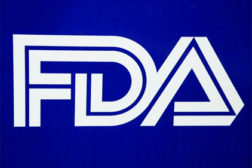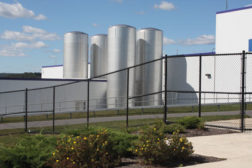Home » food defense
Articles Tagged with ''food defense''
Manufacturing News
Alliance will use blockchain technology to track and trace
Read More
Food Safety
TACCP: HACCP for threat assessments
Threat assessment and critical control point applies well-understood HACCP principles to protect food and beverage products from intentional and malicious contamination.
March 11, 2016
Editor's Note
Knowledge is power when assessing vulnerability and threats
February 5, 2016
Food Defense Strategy Exchange 2015
The sixth annual event brings together regulatory agencies with food and beverage industry leaders to collaborate on food defense ideas.
May 22, 2015
Food Safety
Semper paratus! Food defense depends on it
“Always prepared” is good advice for protecting the food supply, and it’s the law.
May 6, 2014
Elevate your expertise in food engineering with unparalleled insights and connections.
Get the latest industry updates tailored your way.
JOIN TODAY!Copyright ©2024. All Rights Reserved BNP Media.
Design, CMS, Hosting & Web Development :: ePublishing














